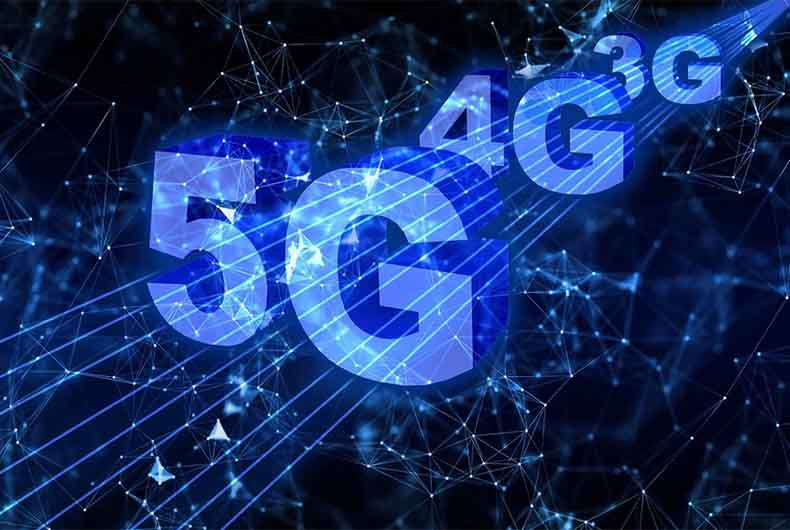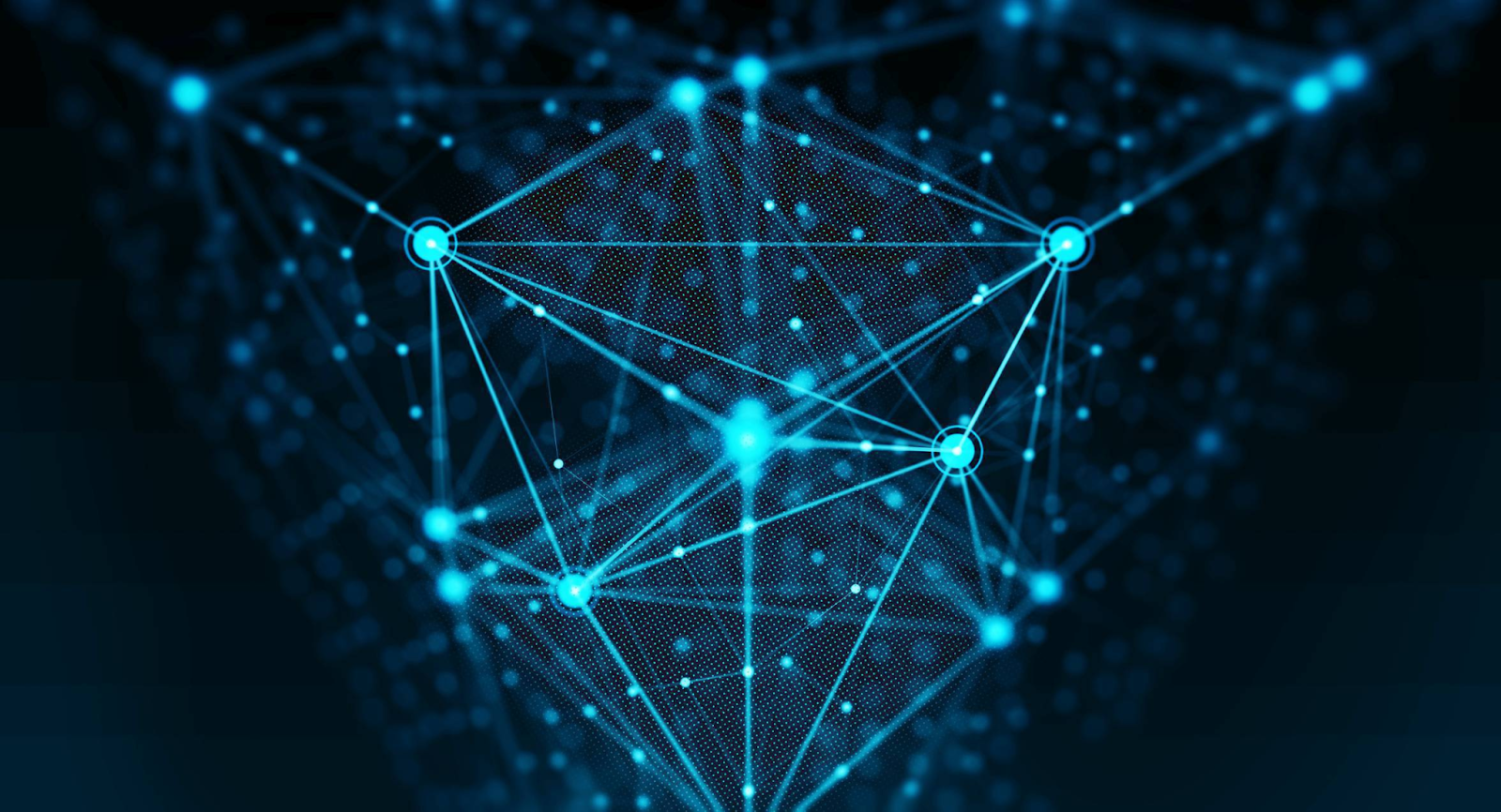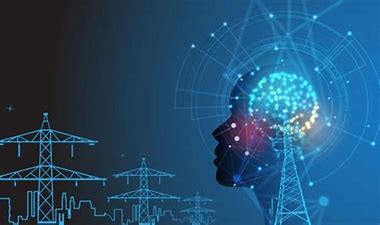Today’s technology is developing quickly, enabling quicker change and advancement and accelerating the rate of change. IT professionals have realized that their role will not remain the same in the contactless world of tomorrow as a result of the COVID-19 outbreak, but technology trends and emerging technologies are not the only things that have changed this year.

Credit: unmid.com
Artificial intelligence (AI)
Through carefully crafted algorithms, which are intricate mathematical formulas and operations, artificial intelligence (AI) technologies are able to comprehend, analyze, and learn from data.
Artificial intelligence is used in many different fields. For instance, machine learning (ML) is the capacity of a machine to enhance performance through algorithms that draw on past outcomes or interactions with the system. This makes it possible for ML technologies to learn without being explicitly programmed and to have a variety of uses.
With the help of autonomous machine intelligence, computers, mechanisms, and systems powered by AI could relieve humans of much of the responsibility associated with decision-making, repetitive action, and immediate response, resulting in increased productivity and performance enhancements across the board. One of the more upbeat theories about how artificial intelligence will affect the future is this one. We have a long way to go before we reach this level, and there are still issues to be resolved in terms of safety, ethics, and practicality.
Wi-Fi 6 and 5G
On one hand, new communication standards and wireless Internet enable fast remote work from a single location. On the other hand, they support the growth of the Internet of Things and artificial intelligence while also enhancing the security of data transfer.
The main advantages of 5G are as follows:
- enhanced mobile broadband: fast video streaming in social networks and online services with 1-2 ms or less signal transmission lag;
- Large-scale Internet of Things: 5G will make it possible to support up to 1 million devices per square kilometer, according to Accenture;
- The new communication protocol will guarantee the efficient operation of autonomous drones or mobile intensive care units.
Many workers will be able to transition permanently to remote work thanks to 5G, and businesses will be able to act more quickly thanks to streaming analytics. Technology will contribute up to $2.7 trillion and up to 16 million jobs to the US economy between 2024 and 2025.
Augmented and virtual reality
Virtual and augmented reality will make a giant leap forward in 2024. At the moment, the gaming industry is the main application for VR and AR technology. However, a trend toward people using technology for social interaction and other purposes may emerge by 2024.
Consider the possibility of communicating with your loved ones via virtual reality. It’s also possible that robots will start to influence our daily lives through the use of AR technology. Similar to augmented reality, AR devices let you use your smartphone to interact with real-world objects.
Additionally, by 2024, the price of VR and AR technology will drop significantly, increasing public access to these innovations. Apart from using these technologies For entertainment purposes, we may also see people using them for education and business purposes.

Credit: cbinsights
3D Printing
3D printing is a parallel design and manufacturing technology that integrates materials, structures, and functions. It is also referred to as additive manufacturing. It has a wide range of uses in business, health care, and education. 3D printing can make customized objects with complicated structures, but the most common type of 3D printing can only make things from one material. However, many industrial products and everyday items are made of a wide range of materials. In the world of 3D printing, we refer to these objects as heterogeneous objects (HEOs).
The use of 3D printing to create prototypes is a significant trend in innovation and technology. The biomedical and industrial sectors have benefited from this technology. We never considered printing a real object from a printer, but it is possible today. Therefore, 3D printing is a further innovation that will endure. Many jobs pay well and are available internationally for businesses in the data and healthcare sectors that need a lot of 3D printing for their products. You simply need to be well-versed in artificial intelligence, machine learning, modeling, and 3D printing.
Blockchain
Thanks to blockchain, a peer-to-peer distributed ledger technology that operates without the need for a middleman third party, the records of any digital asset are open and immutable. The public is becoming more aware of this cutting-edge, revolutionary technology as a result of its scalable capacity to reduce risks and fraud.
The term “blockchain” refers to a shared ledger that enables a single, secure, and immutable ledger to be maintained by thousands of connected computers or servers. With Blockchain, users can carry out user transactions devoid of the assistance of any middlemen. All that is required to conduct transactions is a wallet. Nothing more than a program that enables the use of cryptocurrencies like BTC, ETH, etc. is what a blockchain wallet is. These wallets are protected using cryptographic techniques (public and private keys), allowing the user to manage and fully control their transactions.













